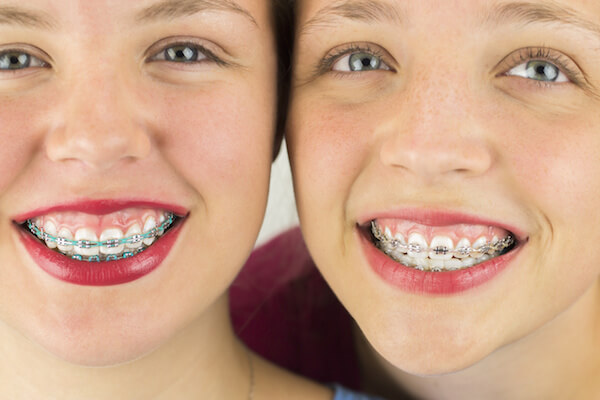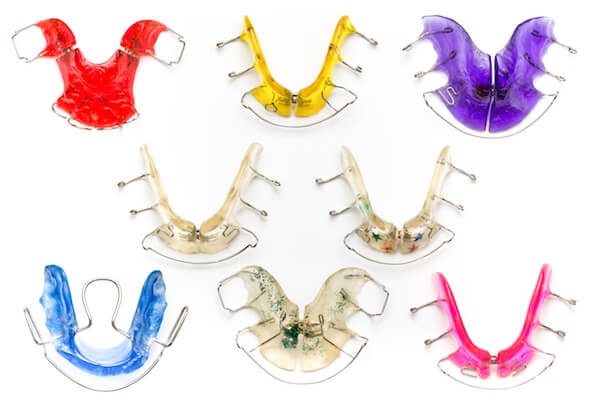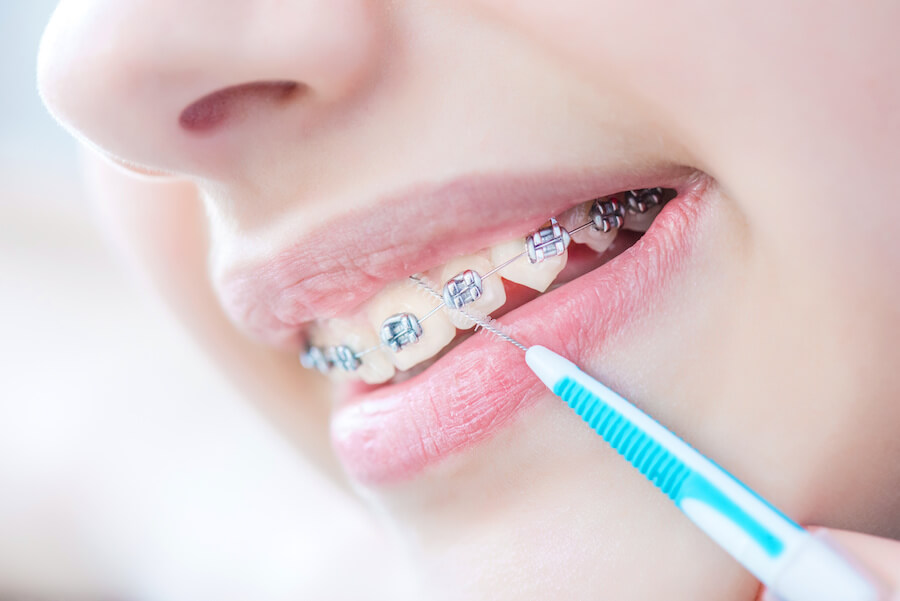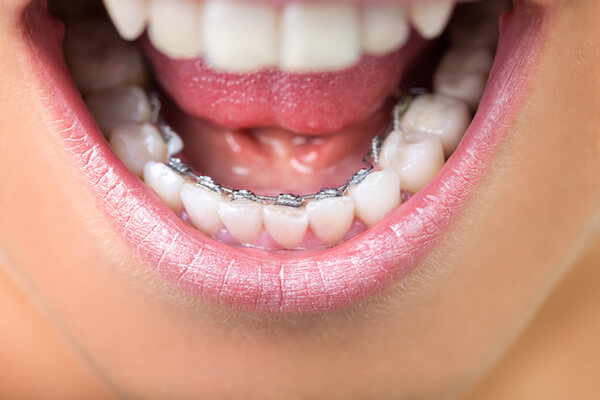Proper Care For Mouth Guards

Directly after receiving their mouth guards, the majority of athletes take good care of them; however, as time passes, they become less diligent about keeping them clean. Typically, this occurs due to busy routines and tight schedules. Nevertheless, proper cleaning is essential to decrease the likelihood of introducing bacteria into the mouth.
Mouth Guards Protect the Teeth
At Valderrama Orthodontics, we create custom-designed mouth guards to be worn while participating in sports. These guards protect the teeth during gameplay: Thus, eliminating concerns related to the injuring, fracturing or breaking of teeth.
The Do’s and Don’ts of Caring for a Mouth Guard
A mouth guard will last a lot longer if your child takes the time to properly care for it.
The Do’s:
Clean the Mouth Guard
Unfortunately, a mouth guard is the perfect living environment for microorganisms. The moist, dark conditions within the mouth guard’s case allow bacteria and mold to thrive. The germs found in these guards can cause staph infections and strep: Both of which can lead to benching the entire team.
Tips for cleaning guards:
- Washing mouth guards directly following removal helps decrease bacteria buildup; however, if your child is unable to wash it immediately, at least ask him or her to rinse it off before returning it to its case. Then, wash it and the case, as soon as possible.
- Water alone will not effectively clean the guard; therefore, your child should use soap and water or some other non-alcohol based cleaner (e.g., Fresh Guard) to clean the mouth guard. Once washing is complete, rinse it with warm water.
- Now, use toothpaste and a toothbrush (designated for the guard) to move the toothpaste into the crevices where the teeth sit.
- In addition, the mouth guard can be placed in mouthwash for 10 minutes or overnight.
Practice Good Oral Hygiene
The fewer germs on your child’s teeth when he or she applies the mouth guard, the better. While brushing the teeth at least twice a day (typically morning and night) is recommended, athletes should also brush before and after wearing their guards.
Store the Guard in Its Case
From sweaty socks to cleats and jerseys, numerous dirty items are carried around in a gym bag. Your child can keep his or her mouth guard safer and cleaner by making sure it remains in its firm, perforated case.
Keep the Mouth Guard Away from Heat Sources
The tailored shape of a guard may change if it is left in the heat too long. Therefore, your child should avoid leaving it in the car, near a radiator or in direct sunlight.
Replace the Guard as Needed
With use, a mouth guard will start wearing down. You or your child need to examine his or her guard after each use. If breakage, cracks, rough spots and/or holes are evident, replacement is necessary. This ensures that during gameplay their teeth receive the most protection possible. Furthermore, if the guard has not already been replaced, once a season comes to an end, Dr. Natalia Valderrama recommends that her patients replace their mouth guards.
The Don’ts:
Avoid Chewing on the Mouth Guard
Approximately 50 percent of teens experience at least one dental injury prior to graduating from high school. If your child is able to chew on his or her guard, chances are it is not secure enough to protect the teeth: Therefore, it is time to make an appointment with Dr. V.
Never Trim the Guard
Trimming the mouth guard may put your child’s teeth at risk for injury. Furthermore, if the guard is under warranty, trimming it on your own makes that warranty void.
Do Not Store the Mouth Guard in Anything Except Its Case
Using a plastic bag or a dish with a lid to store a guard inhibits its ability to dry out properly, which can lead to an accumulation of bacteria, mold and yeast. Therefore, your child should only store his or her mouth guard in its case: These cases are ventilated, which allows it to dry out.
If your child participates in sports, his or her teeth are at risk. Contact Valderrama Orthodontics today at 321-544-4127 to find out more about the custom-designed mouth guards we offer. Dr. Natalia Valderrama is dedicated to providing her patients, in and around Melbourne, Florida, with convenience, a comfortable environment, compassionate dental professionals and the high-quality orthodontic care they deserve. We look forward to welcoming you to the Valderrama family and meeting all your orthodontic needs.











Let's Get Social